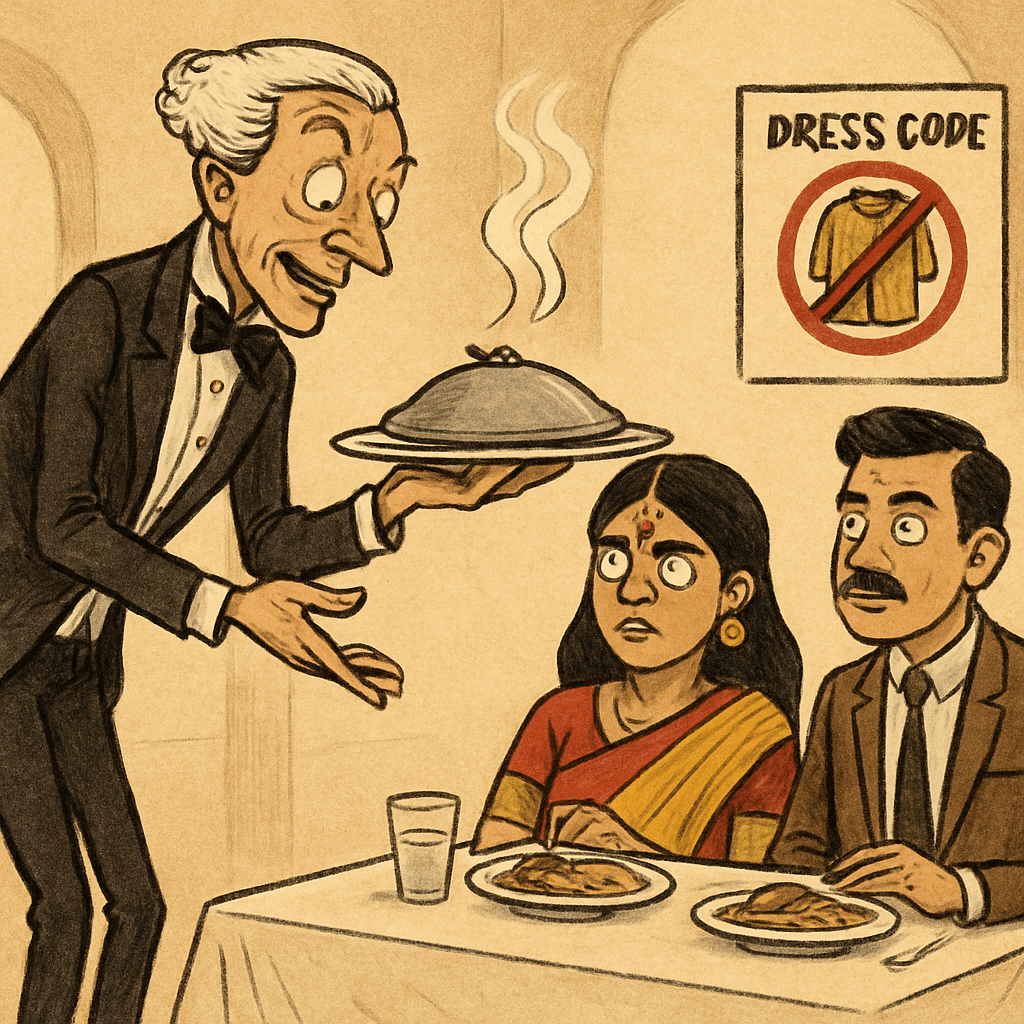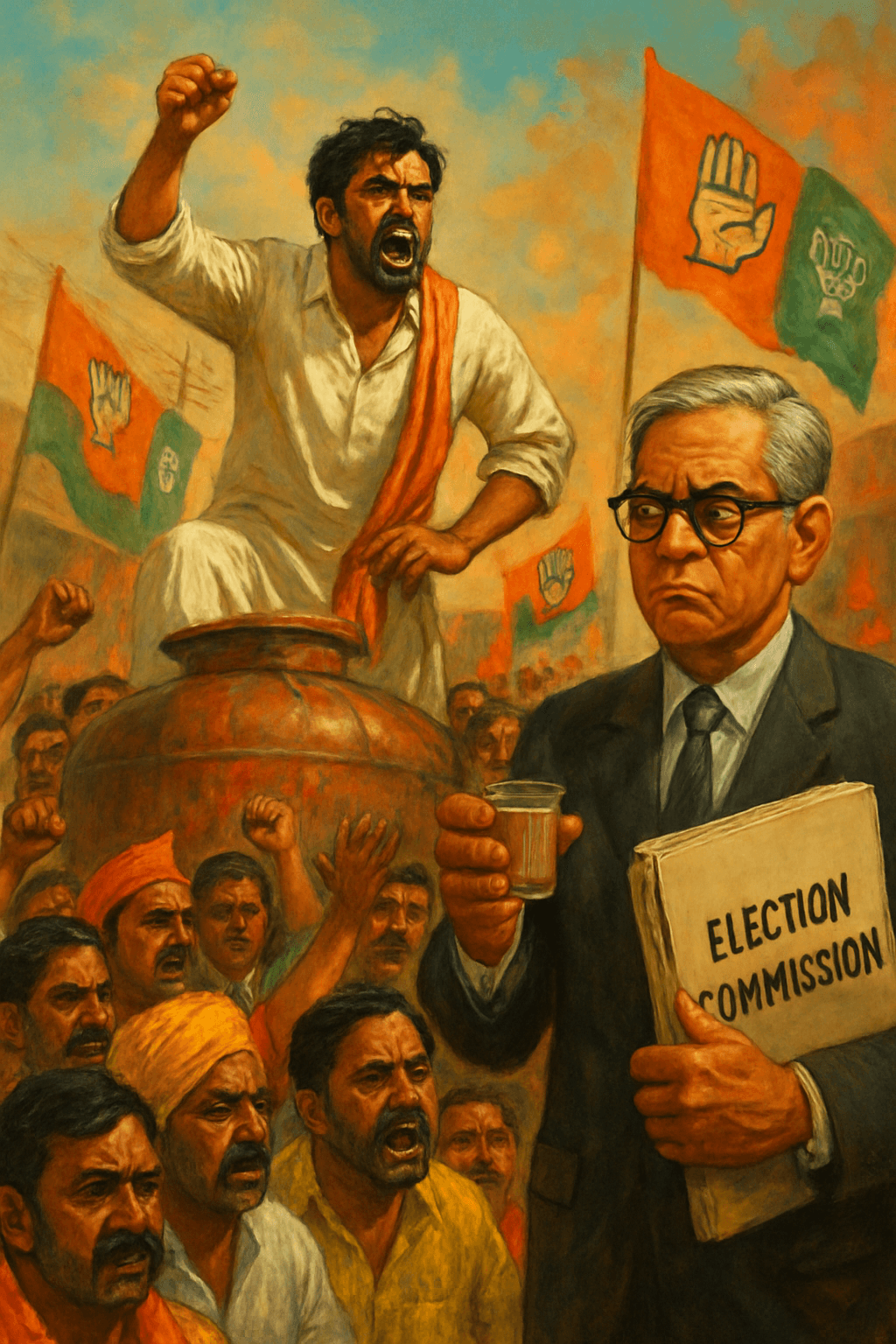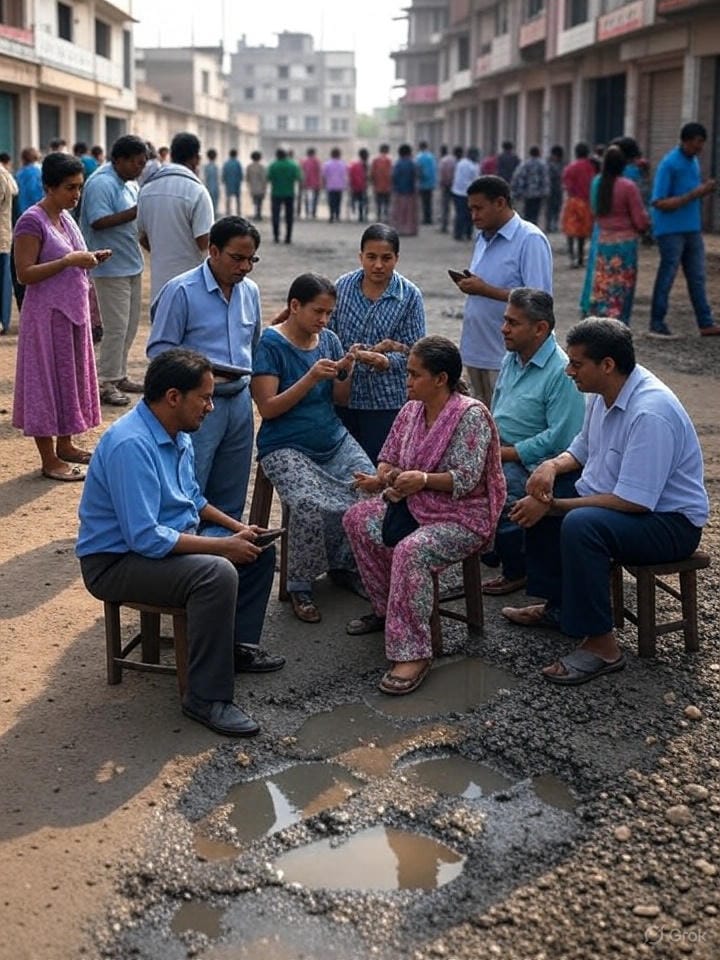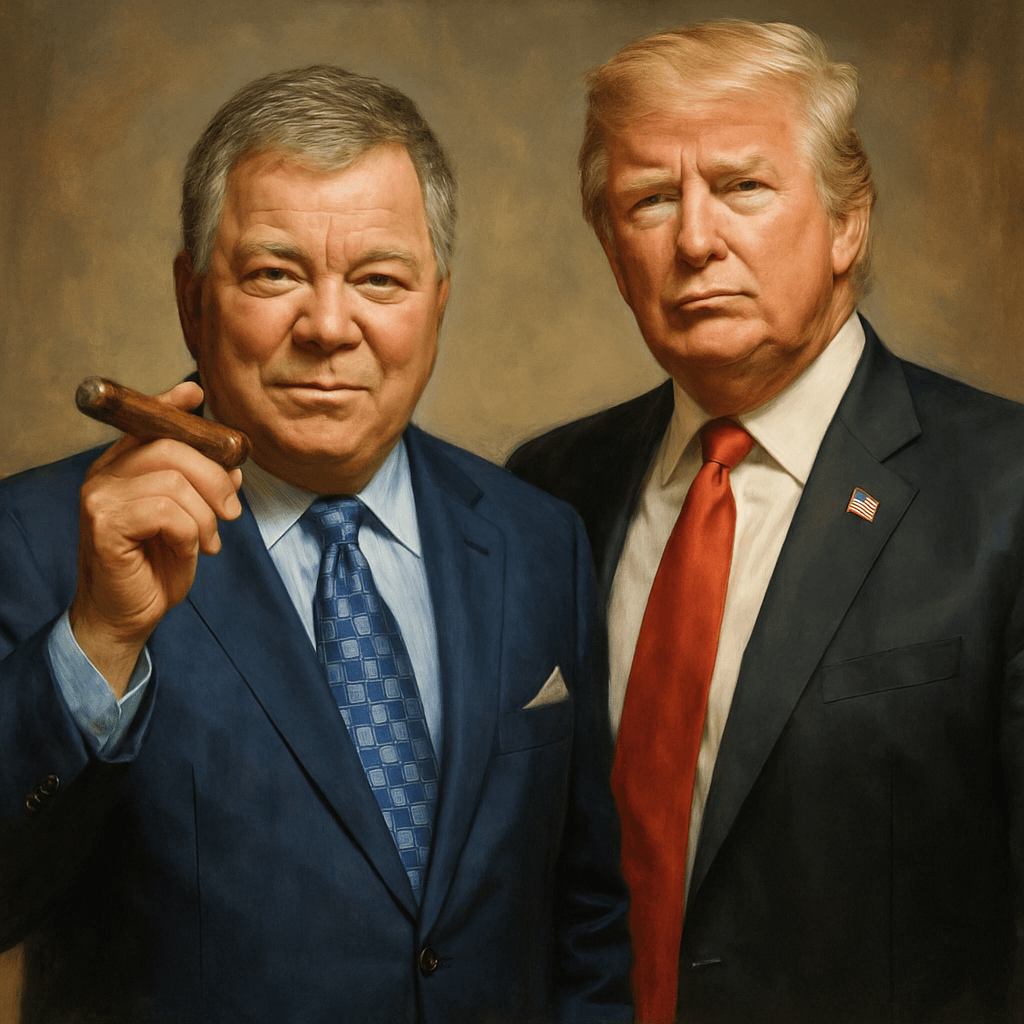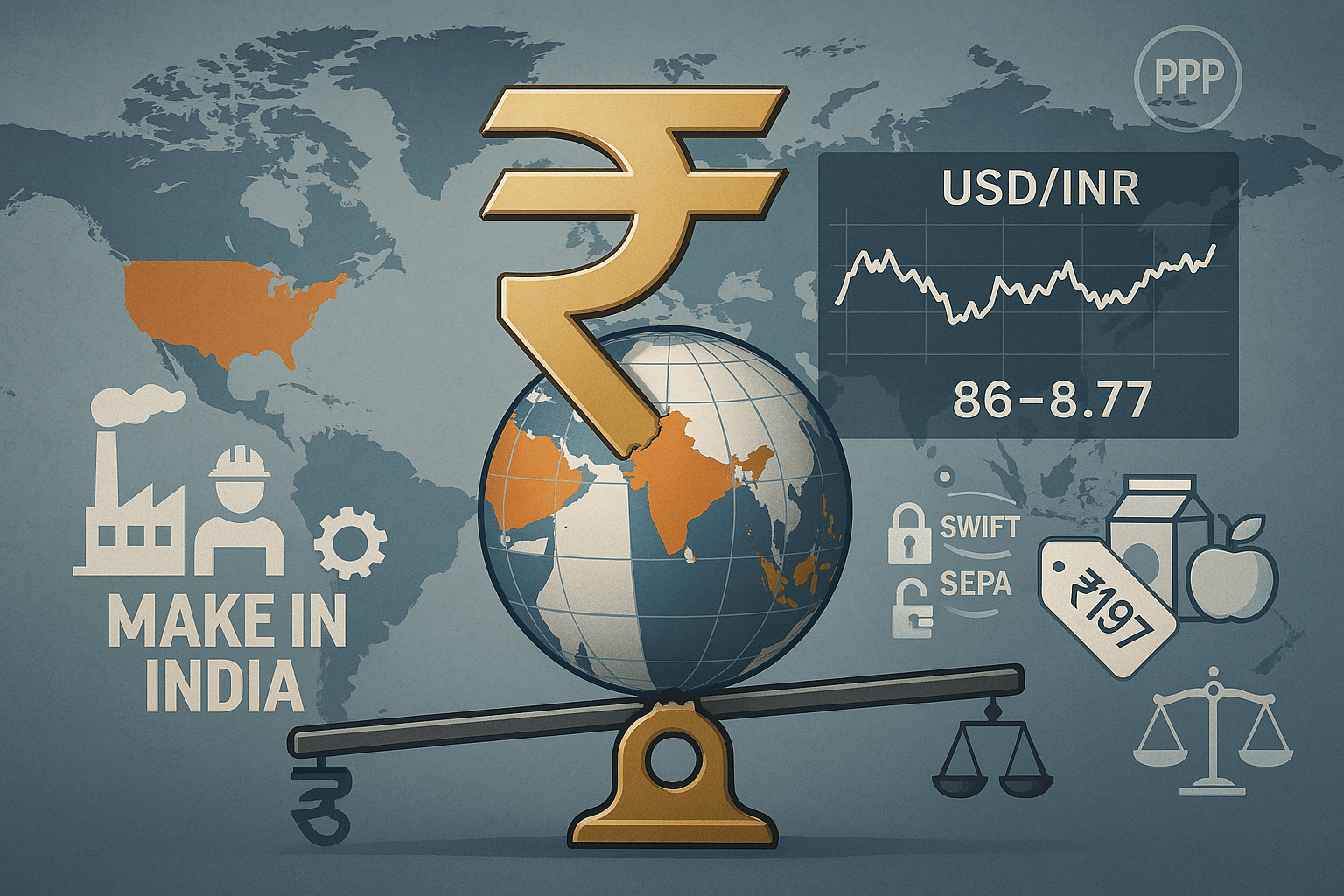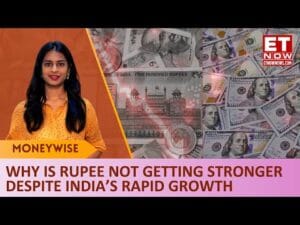Tariffs Beyond Trade: The Geopolitics of USA
India Economic Tensions in 2025
This article analyses the intensifying USA–India economic and geopolitical standoff in 2025, arguing that recent U.S. tariffs on Indian imports are not merely driven by trade policy but are tools of strategic signaling. India’s pushback—from full-spectrum defense modernization to retaliatory procurement suspensions and an assertive role in the Global South—reflects its broader repositioning as a sovereign pole in a multipolar world. The article also examines ongoing high-stakes Boeing aircraft orders by Indian airlines, evaluating how geopolitical escalation could spill over into commercial aviation sectors.
Introduction
As the world transitions deeper into a multipolar order in 2025, India’s ascent is reshaping power dynamics across continents. Once comfortably nestled as a strategic partner of the West, India is now asserting its independence in defense, digital sovereignty, and global trade frameworks. In retaliation, the U.S., under President Trump, has imposed steep tariffs totaling 50% on Indian goods—justified as responses to India’s Russia ties and trade barriers. However, these punitive measures are layered; they reflect more than transactional frustration—they reveal a geopolitical compulsion.
A Strategic Reversal: From Clinton to Trump
The current escalation represents more than policy adjustment. It marks a strategic rupture. Since President Bill Clinton’s efforts in the 2000s, successive U.S. administrations—Bush, Obama, and Biden—worked steadily to pivot away from their Cold War entanglement with Pakistan. They cultivated India as a long-term strategic partner. This entailed robust defense cooperation, civilian nuclear deals, and repeated affirmations of shared democratic values.
In contrast, President Trump’s return has brought an abrupt reversal. Within less than two months, he has begun dismantling this bipartisan consensus. He is re-embracing Islamabad and signaling a shift back to traditional Cold War calculus. This sees Pakistan as a frontline state and India as a non-aligned outlier.
The realignment is not yet fully institutionalized, but the direction is clear. Washington’s India policy is no longer insulated from transactional geopolitical arithmetic. Tariffs, airbase permissions, and intelligence sharing are once again being leveraged. Not to bring India closer, but to punish defiance.
Operation Sindoor: India’s Assertive Military Posture
Operation Sindoor marked a significant inflection point. Conducted on May 7, 2025, this Indian military operation surgically targeted cross-border terror infrastructure in Pakistan. India employed an integrated strike strategy using cruise missiles, kamikaze drones, and precision air strikes. It steered clear of nuclear or overtly military Pakistani targets.
The standout feature was the successful combat deployment of the indigenous Akashteer air defense system. This automated, AI-driven command-and-control platform achieved 100% aerial threat interception, according to military briefings. Symbolically and strategically, this demonstrated India’s transformation from a major buyer of defense systems to a capable indigenous defense innovator.
Operation Sindoor also took place in the shadow of escalating ideological provocation. Just days before the strike, Pakistan Army Chief General Asim Munir delivered a speech implicitly reviving the two-nation theory. This was rooted in communal division and anti-Hindu animus. Shortly after, terrorists struck Hindu tourists in Pahalgam. This rekindled memories of 1990s Kashmir violence. The Indian establishment viewed this not merely as an isolated attack but part of a renewed ideological offensive. Operation Sindoor was a surgical, symbolic, and policy-calibrated response.
During a post-operation press conference on May 10, India’s Director General of Military Operations smirked when asked if the BrahMos strike on Pakistan’s Kirana Hills had hit nuclear assets. Rumors abound that the facility may have hosted sensitive materials. Possibly even American-origin nuclear components covertly maintained in the region. While there is no official confirmation, this speculation helps explain the unusually swift and harsh response from Washington in the days that followed.
The Russia Energy Nexus and De-dollarization Agenda
India’s continued import of Russian oil—and its conduct of bilateral trade in non-dollar currencies—has drawn U.S. ire. Despite vocal Western pressure, India has sustained these relationships, arguing for energy security and strategic independence.
Curiously, both the EU and the USA continue to quietly import crucial products from Russia. These include liquefied natural gas, fertilizers, uranium, and rare metals. In contrast, India’s transactions have been met with a 50% tariff wall. This differential treatment has led Indian policymakers and analysts to accuse Washington of applying a geopolitical double standard.
Ambassador of USA Eric Garcetti had earlier offered a diplomatic clarification: “India bought Russian oil because we wanted someone to purchase it at a price cap. That was not a violation; in fact, it was the intent of the policy. As a commodity, we aimed to prevent the price of oil from rising, and they fulfilled that.” Here is a clipping of
While intended as a diplomatic olive branch, the statement also underscores the strategic ambivalence of U.S. policy. It encourages price-cap enforcement while simultaneously penalizing its success.
Notably, even as the U.S. criticizes India’s trade with Russia, its own oil exports to India have soared. The U.S. share of oil in India’s imports has more than doubled. It rose from 3.5% in 2023-24 to 7.3% in April 2025. This commercial gain for the U.S. contrasts with its rhetorical alarm over India’s diversified energy sourcing.
Trump’s tariff architecture also reveals a telling pattern.USA chose to impose 50% tariff on India on trade imbalance of $41 billions but has maximum trade deficit of $296 billions with China and $236 billions with EU and both have been imposed lesser tariff. This only shows that reason of imposition of tariff is not economical but political.
Sectors where the U.S. is dependent on Indian supply chains—such as pharmaceuticals—have been conveniently exempted. While Indian garments, electronics, and auto components were slapped with a 50% wall, life-saving generic drugs faced no restrictions. This underscores the transactional nature of U.S. policy: punish where possible, preserve where necessary.
India’s local-currency trade deals with Russia and UAE, part of a broader Global South de-risking agenda, highlight its push toward a “post-dollar” international system. An idea that unsettles some in Washington and on Wall Street.
Strategic Pushback: India’s Retaliatory Moves
In August 2025, India retaliated against U.S. pressure with a subtle but symbolic step. The Ministry of Defence halted the expected procurement of six Boeing P-8I aircraft, a deal valued at over $3.5 billion. While officially framed as a cost reassessment amid tariff volatility, the suspension is unmistakably a counter-signal to Washington’s high-handed economic coercion.
This procurement halt represents India’s effort to reassert bargaining space and recalibrate its defense procurement strategies. Especially as it moves toward greater indigenous production under the Atmanirbhar Bharat initiative.
Amid the escalating rhetoric and retaliatory defense postures, quiet diplomacy continues. U.S. negotiators are likely to visit India on August 25, 2025. This signals that strategic tension hasn’t closed all doors to dialogue.
The Boeing Civil Aviation Orders: Commercial Risk in a Strategic Chessboard
Beyond defense, the stakes for Boeing are even higher in India’s booming commercial aviation sector. Indian airlines, led by Air India, have placed or are in talks for orders totaling over 490 aircraft from Boeing. This is part of the largest fleet expansion in India’s history.
Though these deals are commercially driven, their execution relies on export licenses, financing approvals, and continued diplomatic goodwill. As Indo-U.S. friction intensifies, analysts caution that even these big-ticket commercial orders could face delays or renegotiation if Washington escalates further.
For now, these contracts remain intact, but industry observers agree: aviation—once seen as geopolitically neutral—may soon find itself caught in the crossfire of strategic tit-for-tats.
Agriculture, Data Sovereignty, and Cultural Dissonance
Adding to the friction are disputes over American agricultural products, notably dairy derived from cows fed with animal by-products, which India classifies as non-vegetarian. Milk as special religious place in daily rituals. These imports conflict with India’s religious and ecological sensibilities and are subjected to restrictions.
Watch this video clip of Narendra Modi vowing not to let down farmers of India.
At the same time, India’s requirement for data localization and the development of plug-and-play data centers reflects its growing emphasis on digital sovereignty. A move increasingly viewed in Washington as protectionist and strategically defiant.
India’s Role in BRICS and the Global South
India’s proactive leadership in BRICS and the Global South is another axis of U.S. discomfort. Under India’s influence, BRICS has expanded its focus vertically (climate, AI, energy) and horizontally (membership and financial architecture). India remains a bridge between the Global South and developed economies, but its alignment is increasingly issue-based, not bloc-based. This makes its actions unpredictable for powers used to binary alliances.
This non-alignment reimagined as multi-alignment is India’s answer to 20th-century superpower hierarchies.
India’s strategic balancing act continues. Prime Minister Modi is scheduled to attend the Shanghai Cooperation Organization (SCO) summit in China on August 31. An event watched closely by the West. Simultaneously, India’s National Security Advisor, Ajit Doval, is in Moscow meeting with President Putin. This reinforces New Delhi’s multi-vector diplomacy. This dual-track outreach—toward both Eastern blocs—confirms India’s determination to avoid camp-based alignments.
Trump’s Oval Office as Reality Show: Symbolism Matters
Under the Trump administration, diplomacy has taken on the optics of television. Inside the Oval Office, interactions with world leaders are now theatrical confrontations. Foreign accents are ridiculed, political points scored in real-time, and leaders like Zelensky and Ramaphosa have faced public rebukes during meetings. India, too, has found itself in the rhetorical line of fire. A clear shift from earlier warmth in bilateral photo-ops.
This performative diplomacy is more than optics. It’s part of how Washington now orchestrates foreign pressure.
Modi Declines the Oval Stage: Diplomacy Minus Drama
After the G-7 summit, President Trump of USA invited Prime Minister Modi for a White House visit. An invitation that was politely declined. Analysts attribute this to several factors that go beyond scheduling.
First, India’s political culture maintains a civil-military distinction in diplomacy. Any likelihood that Pakistan Army Chief Gen. Asim Munir might also be in attendance made the prospect diplomatically untenable. Modi was not going to be photographed shaking hands with a man India blames for cross-border aggression.
Second, the nature of Trump’s public diplomacy has transformed the Oval Office into a performative space. More reality show than negotiation chamber. In televised encounters, foreign leaders are baited, interrupted, and even publicly mocked. With no opportunity to rebut falsehoods.
Even speculation that Modi might meet Trump during a possible UNSC visit in September is now seen as remote for the same reasons. The diplomatic cost of participating in such theatre is seen as too high.
In Delhi’s view, the ball lies squarely in Trump’s court. So far, his presidency has resurrected Nixon-era policies. And risks meeting the same fate: grand denial and ignorance.
Conclusion: Tariffs as Tactical Tools in a Global Chess Match
What began as a dispute over dairy, oil, and data has unfolded into a broader struggle over influence, alignment, and autonomy. The U.S. tariffs on Indian exports, totaling 50%, symbolize not only trade grievances but an intentional move to check India’s strategic independence. Particularly its strengthening ties with Russia and its stubborn pursuit of multipolarity.
India’s response has been calibrated: halting defense purchases, sustaining local-currency trade, doubling down on indigenous development, and signaling that commercial cooperation, too, is not immune to politics.
India, for its part, is not waiting passively. As per reports in Jagran, the government is finalizing a ₹20,000 crore export boost package aimed specifically at non-U.S. markets. This is an early signal of a “World Minus One” policy. India decoupling itself from economies that use unpredictability as leverage.
Prime Minister Modi’s cabinet is also examining fintech vulnerabilities, as American firms continue to extract significant revenues from India’s digital economy. There is now increasing talk of treating these apps the way Chinese apps like TikTok were handled post-Galwan: with regulatory throttling or outright bans. The metaphor is unavoidable—
Trump has done to India economically what China did physically in Galwan.
Equally concerning is the short notice of the tariff regime, which has thrown India’s export supply chains into chaos. Export orders are not casual transactions. They take months of planning, labor-intensive execution, and complex logistical coordination. A sudden tariff hike is not just economic coercion; it’s sabotage. Factories may shut, workers may be laid off, and entire business models may unravel. With no time to pivot.
Yet observers expecting India to retaliate loudly will likely be disappointed. The Modi government’s preferred mode of response is quiet, delayed, and disguised in procedural fog. Its foreign policy mirrors its domestic strategies—slow, legalistic, and impossible to trace to a single moment of vengeance.
One need only examine India’s internal policy toolkit: ask the groups that protested against NRC, or those alarmed by the comprehensive electoral roll clean-up. Just before elections, five million names were quietly deleted in Bihar, many flagged as duplicates or non-residents. No fanfare, no headlines—just an outcome.
India’s message to Washington may be similar: there will be a cost—but it will come silently and without warning.
As 2025 nears its final quarter, the world watches a new frontline emerge. Not one of open conflict, but of layered, multidimensional contest. Where strategy, sovereignty, and supply chains collide.
The U.S. may have once feared China’s dominance. Now it must contend with India’s defiance.


